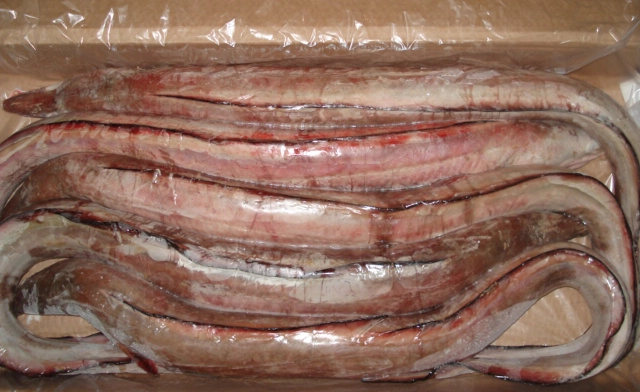Eel, the snake-like fish that slithers through our oceans and rivers, isn’t just visually interesting; it can be a culinary delight as well. Here’s a dive into the taste and food world of eel:
Flavor Profile: Eel’s taste profile is often described as rich, savory, and slightly sweet. The flesh has a delicate, fatty quality, similar to fatty fish like salmon or mackerel. Some compare it to having a hint of pork belly due to its richness. However, unlike some strong-flavored fish, eel has a mild, pleasant taste that readily absorbs the flavors it’s cooked with.
Texture: One of eel’s highlights is its texture. The flesh is tender and flaky, with a slight chew that’s more pleasing than rubbery. Proper preparation, like removing the small bones, ensures a melt-in-your-mouth experience.

Culinary Canvas: Eel’s versatility in the kitchen is impressive. Here are some popular ways to enjoy it:
- Japan: Unagi, the Japanese word for freshwater eel, is a star. Unagi Donburi, grilled eel over rice with a sweet and savory sauce (kabayaki), is a beloved dish. Eel is also found in sushi rolls.
- Europe: Smoked eel is a delicacy in Europe, often enjoyed on canapes or salads. Jellied eels, a traditional London dish, involve boiled eels encased in a savory jelly.
- Global Appeal: Eel finds its way into stews, soups, and stir-fries around the world. Its mild flavor allows it to shine alongside bold spices and herbs.
Beyond the Taste: Eel offers more than just a delicious meal. Its blood is a delicacy in some cultures, and its skin, rich in collagen, is used in cosmetic products in certain regions.
This product comes in two different grades: A and B.
- Grade A: The fish body is undamaged, fresh, healthy, and looks excellent.
- Grade B: The body is damaged and has what is commonly referred to as a “broken belly” or a tear in the belly.
Size Chart:
- 300g-500g
- 500g-1kg
- 1kg-2kg
- 2kg-3kg
- 3kg-up
The weight of each package is 10 kilograms.

